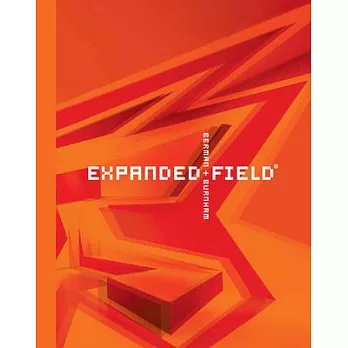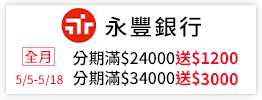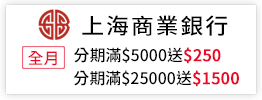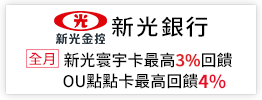At the end of the late 1970s, art theorist and critic Rosalind Krauss had written a seminal text entitled "Sculpture in the Expanded Field," in an attempt to both locate and analyze vanguard sculptural practices of the time such as the work of Richard Serra, Robert Smithson, Mary Miss, and Donald Judd whose practices crossed outside of the limits of traditional sculpture and entered into the realms of architecture and landscape through the production of works that she classified as site constructions, marked sites, earthworks and axiomatic structures. Over the past three decades, the boundaries between art and architecture have continued to blur, giving rise to a series of works known as installations whose conceptual, spatial and material trajectories have generated a new and expanding network of relations between the domains of architecture, interiors, sculpture and landscape. At the same time, the range of institutional venues advancing architectural installation practices, such as the PS1 program spawned by the MoMA in New York, the Serpentine Gallery’s annual architectural pavilion in London and the Art and Architectural Biennale’s in Venice, have provided platforms to intensify the production and reach of contemporary installations. Installations have not only contributed to the advancement of architectural research but have also enabled the redefinition and progressive development of architecture’s disciplinary territory allowing architects to explore spatial and tectonic ideas, experiment with emerging technological strategies, and distill perceptual and experiential conditions without the limitations traditionally imposed by the permanence and utility of building. Following the legacy of Rosalind Krauss, EXPANDED FIELD: Installation Architecture Beyond Art by Ila Berman and Douglas Burnham explores the realm of art and architecture across a broad terrain of installation practices, revealing a critical territory that, despite its exuberant proliferation, has been historically defined as a negativity: the progeny of that which is both not-architecture and not-art. Within this book, a wide range of art and architectural works are positioned and mapped as constellations within a newly expanded field suspended between Architecture, Interiors, Sculpture, and Landscape. These four terms are the initial reference points used to elaborate a more extensive taxonomical framework defining twelve distinct territories where the analytical drawings and photographic indexes of seventy-five installation projects are situated. The expanded field diagram is a conceptual framework that operates on many levels. It acts as a lens through which to theorize and classify the trajectories of current installation practices and serves as an infrastructure to organize the content of the book. Along the trajectory from interiors to sculpture, for example, one finds the immersive chromatic environments of Carlos Cruz-Diez, the thermal and radiant atmospheres of Philippe Rahm, the intensely graphic patterned surfaces of Jürgen Mayer and Yayoi Kusama, and the interactive mediated light landscapes of Ryoji Ikeda and Julio Le Parc. These are installations intent on foregrounding immersive atmospheric spaces rather than sculptural objects and that collectively define Chromatic/Graphic Immersion, one of the twelve typologies through which the book is organized. Along the path from interiors toward landscape, are situated a different series of installation projects including the undulating orange strata of Bamscape and the pink spongy terrain of Mute Room, two works by Thom Faulders both of which redefine ground as a programmed surface and occupiable topography. These qualities of landscape then merge with the architectonic in the thickened geology of Rip Curl Canyon by Ball-Nogues, the artificial Dunescape by SHoP and the cellular topography of Voromuro developed for the ICA in Boston by Office dA. Based on an exhibition at the Wattis Institute of Contemporary Art, the book EXPANDED FIELD guides one through the world of contemporary installation practice through drawings, images and text that simultaneously expose the techniques through which architects describe and analyze spatial production while providing a context for installation art and architecture that supports both its didactic understanding and immersive experience.



 天天爆殺
天天爆殺  今日66折
今日66折 
























 博客來
博客來 博客來
博客來 博客來
博客來 博客來
博客來 博客來
博客來